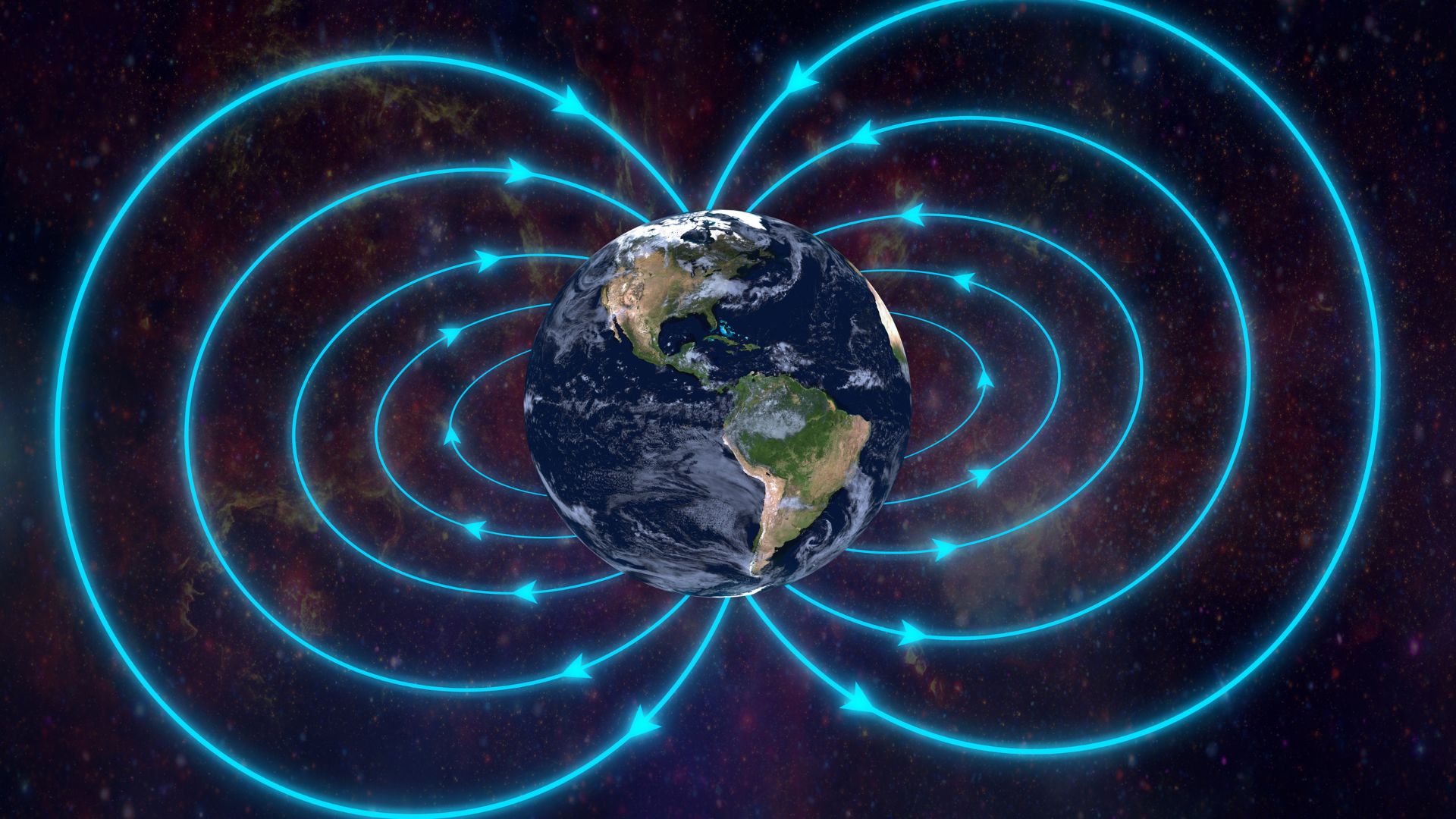NASA is teaming up with the European Space Agency (ESA) to create the LISA (Laser Interferometer Space Antenna) mission. This mission aims to detect gravitational waves in space using three spacecraft flying in a triangular formation, separated by more than a million miles. The mission has passed a major review and is now moving forward with the construction of flight hardware. ESA is leading this mission, with NASA playing a collaborative role in providing key components of LISA’s instrument suite, along with scientific and engineering support.
Mark Clampin, director of the Astrophysics Division at NASA Headquarters, expressed pride in being part of this international effort. He stated that LISA will provide a panoramic view, allowing observations of a wide range of sources both within our galaxy and beyond. NASA will contribute important components such as lasers, telescopes, and devices to reduce disturbances from electromagnetic charges, which will be used to measure precise distance changes caused by gravitational waves over millions of miles in space. On the other hand, ESA will provide the spacecraft and manage the international team throughout the development and operation of the mission. Gravitational waves, predicted by Albert Einstein’s general theory of relativity, are produced by accelerating masses such as a pair of orbiting black holes. When these waves remove orbital energy, the distance between the objects gradually shrinks over millions of years, eventually leading to their merger.
The LISA mission will enable the observation of gravitational waves produced by merging supermassive black holes, making use of the ripples in the fabric of space that went undetected until 2015. The mission will be able to sense low-frequency gravitational waves that instruments on Earth cannot detect, encompassing thousands of small binary systems in our galaxy and massive black holes merging as galaxies collided in the early universe. LISA’s design is to observe these low-frequency gravitational waves, which ground-based facilities cannot detect. It will consist of three spacecraft flying in a vast triangular formation, tracking internal test masses affected only by gravity and firing lasers to measure their separations to within a span smaller than the size of a helium atom. The underlying measurement technology was successfully demonstrated with ESA’s LISA Pathfinder mission, which operated between 2015 and 2017 and also included NASA participation.











![watchOS 11.4 now to be had with 3 new options for Apple Watch [U: Back] watchOS 11.4 now to be had with 3 new options for Apple Watch [U: Back]](https://9to5mac.com/wp-content/uploads/sites/6/2025/01/watchOS-11.4-hero.jpg?quality=82&strip=all&w=1600)



